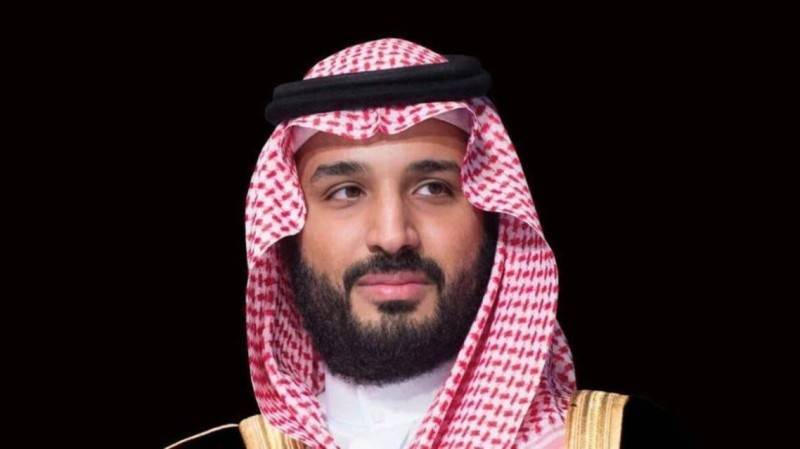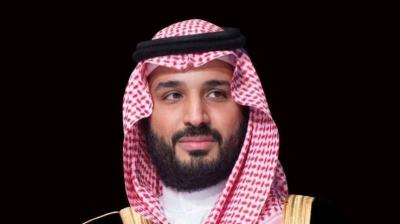The Saudi Crown Prince, Prince Mohammed bin Salman bin Abdulaziz Al Saud, has announced the launch of the "Revitalization of Historic Jeddah" project as part of the Historic Jeddah Development Program. This initiative aims to enhance the living conditions in the area, transforming it into a vibrant center for business and cultural projects, and a prime destination for ambitious entrepreneurs. The project reflects the Crown Prince's commitment to preserving historical sites, ensuring their maintenance, and rehabilitating them, in line with the objectives of Vision 2030 and showcasing the deep Arab and Islamic heritage of the kingdom, a fundamental pillar of this vision.
The project will highlight the region's rich heritage, presenting it as an unmatched historical site in the kingdom, featuring over 600 heritage buildings, 36 historical mosques, and five major historical markets, along with ancient corridors and squares, and sites of significant historical importance, such as the old waterfront, which served as a major route for pilgrims. The project will reconstruct this area to narrate the great story of pilgrimage since the advent of Islam.
The work on the project will span 15 years during which Historic Jeddah will be developed across multiple pathways, including infrastructure and service enhancements, natural and environmental development, quality of life improvements, and urban development. The goal is to make “Historic Jeddah” an inspiring site in the region and a global gateway for the kingdom by investing in its heritage sites and unique cultural and architectural elements to create a vibrant living environment that fosters creativity for its residents and visitors. This will be grounded in a modern vision of urban planning that respects natural preservation while accommodating human needs and stimulating organic growth of creativity, turning it into a hub where Saudi entrepreneurs and artists can thrive within a creative community, surrounded by elements of national heritage and nature alongside contemporary architectural designs.
The project aims to create an integrated environment in Historic Jeddah that incorporates various natural components, including developed waterfronts extending 5 kilometers, green spaces, and open gardens covering 15% of the total area of Jeddah Al-Balad within the project area of 2.5 square kilometers. The project will leverage these natural components to support a sustainable health-focused environment free from pollution.
The new vision for Historic Jeddah regards its historical significance as a major meeting point for people, trade, and culture since its establishment in the 3rd century BC as a fishing site, through pivotal growth stages that significantly increased its presence in the region's history, especially after the establishment of a major seaport during the caliphate of Osman bin Affan. This port transformed into Jeddah Islamic Port in 1970 under the Kingdom of Saudi Arabia, allowing Historic Jeddah to grow and evolve beyond the ancient city walls, ultimately earning its inclusion on UNESCO's World Heritage List in 2014.
The "Revitalization of Historic Jeddah" project is a key component of the Historic Jeddah Development Program's efforts to capitalize on the region's history and cultural and architectural elements, turning them into economic resources contributing to local economic growth and fulfilling the objectives of Saudi Vision 2030. It also reflects the kingdom's approach to achieving sustainable development across all regions and cities in Saudi Arabia through environmentally friendly urban development projects that provide natural incubators for creative production and attractive living and working spaces that contribute to economic growth.




